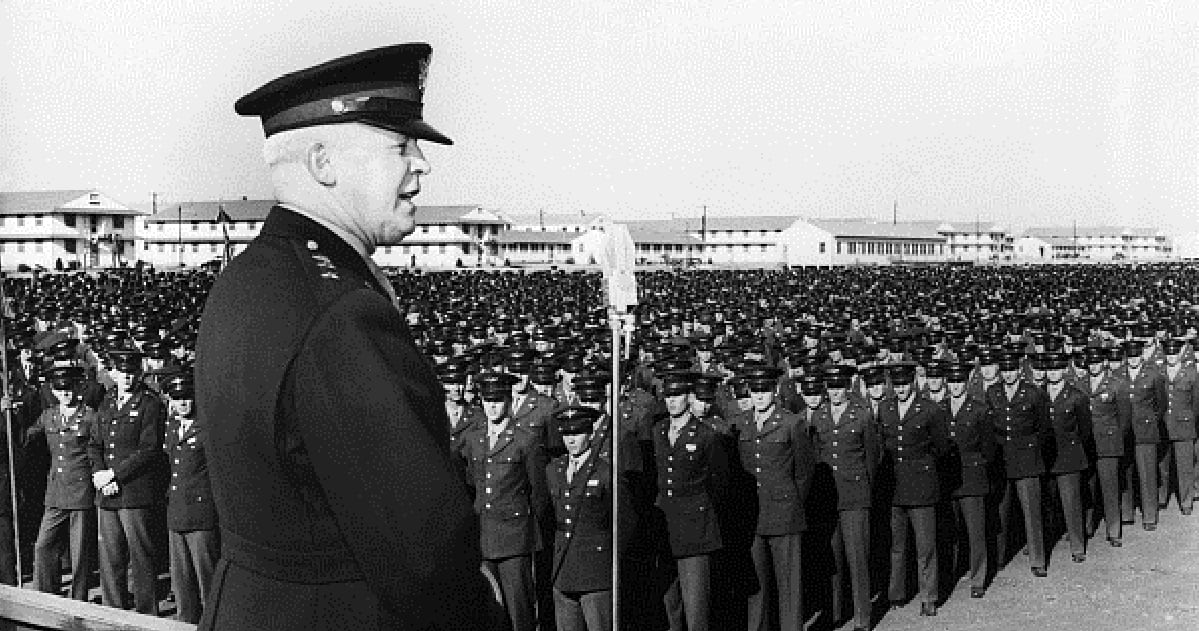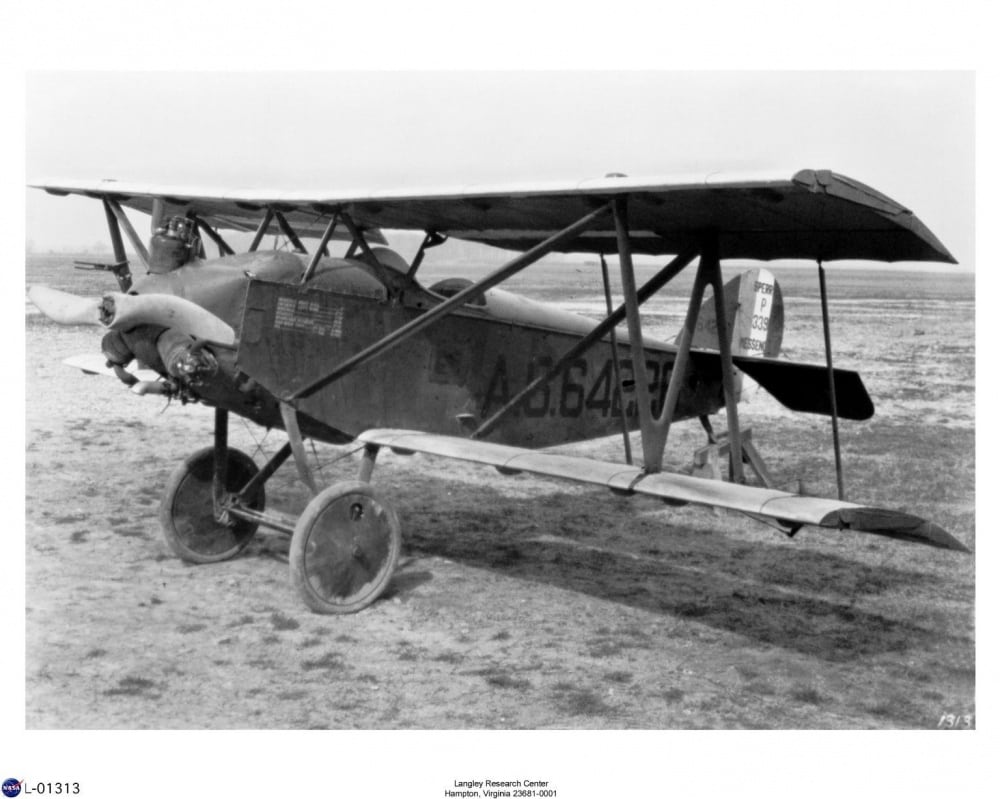Probably everyone in the developed world has seen the iconic picture of the first takeoff by the Wrights on December 17, 1903. The case could be made that it’s the most famous photograph of all time, with the possible exception of Neil Armstrong’s portrait of Buzz Aldrin on the moon. It shows the first powered Flyer just a couple feet off the ground, with Orville piloting and Wilbur running near the wingtip.
This amazingly clear and sharp image has been widely represented as the moment of the birth of manned, powered flight. It seems incredibly fortuitous that such a good photo was taken at the precise instant in time that so greatly changed the world. That one image has provided a firm anchor for a historic transition in the evolution of technology.
But what if that photograph had actually captured another flight that same day, maybe even the last flight, the one that went more than seven times as far? Or what if it had been taken on the 14th during Wilbur’s flight, which went nearly the same distance as Orville’s first flight on the 17th? What if no pictures had been taken at all?
RELATED

Without the famous photo, it would be difficult to represent that first flight of December 17 as being the first manned, powered, controlled flight, or even just the first manned, powered flight. As the result of a coin toss, Wilbur actually made the first takeoff with the Flyer on December 14. But that is never recognized as the first powered Wright flight, usually based on the rationale that the Flyer just pitched up for one steep climb, pitched over and then came down to the ground. However, Orville’s first flight on the 17th simply did the same exact thing — only twice, and quickly — before hitting the ground. According to the Wrights’ flight log, there was little difference between those two flights. The aircraft was out of control throughout both, and the distances covered in them were within 10 feet of each other. In other words, essentially nothing had been accomplished on the first flight of the 17th that hadn’t already been done on the flight of the 14th.

At the time, the Wrights themselves would have considered neither of them as qualifying as a true flight. They had written that, in their opinion, to be considered a true flight an aircraft would have to cover at least 300 feet. Anything less might simply be the result of momentum gained during the takeoff run, and would be too short to establish that the aircraft was capable of sustaining itself in the air. Neither of the flights in question made it half that distance. In fact, none of the first three flights on the 17th covered more than 200 feet, and the Flyer was basically out of control throughout all three of those hops.
Only the last flight of the 17th, made by Wilbur, went past 300 feet and was briefly maintained under steady control. The Flyer covered 852 feet during that effort and was held reasonably steady for almost 30 seconds near the middle of the flight’s 59-second duration. But the only picture of that last flight, taken near its end, is blurry and shows the aircraft hundreds of feet in the distance and within a few feet of the ground. It is most definitely not the kind of photo that history would like to hang its hat on as representing the inception of manned flight. According to the Wrights’ own criterion, however, this was their only flight in 1903 that proved the Flyer could actually fly.
RELATED

Regardless of what the Wrights thought, that crisp photo of the first flight on December 17, 1903, covering 120 feet in 12 seconds, has long been described as showing the first instance of manned, powered flight. Because of that one good photo, an almost random event in the Wrights’ 1903 test series —the Flyer’s second takeoff — has been isolated in history as representing the instant when manned, powered flight was born.
Regardless of the many first-flight controversies, and a number of Europeans also have a claim to the title, it’s interesting to muse over the significance accorded to one fortuitous photograph. Perhaps we prefer to focus on a spectacular image that conveys a sense of witnessing a world-altering event —even if it doesn’t reflect reality. But by declaring the image to show the birth of powered flight, we have satisfied our senses rather than our intellect.
Aeronautical engineer Joe Bullmer worked for the U.S. Air Force for more than 30 years as an intelligence analyst on aircraft and missile designs. He is the author of “The Wright Story: The True Story of the Wright Brothers’ Contribution to Early Aviation.”
This is an abridged version of an article first published June 12, 2006, in Aviation History Magazine, a sister publication.
More from HistoryNet.com:
♦ Hidden Heroes: Apache Martyr Mangas Coloradas





